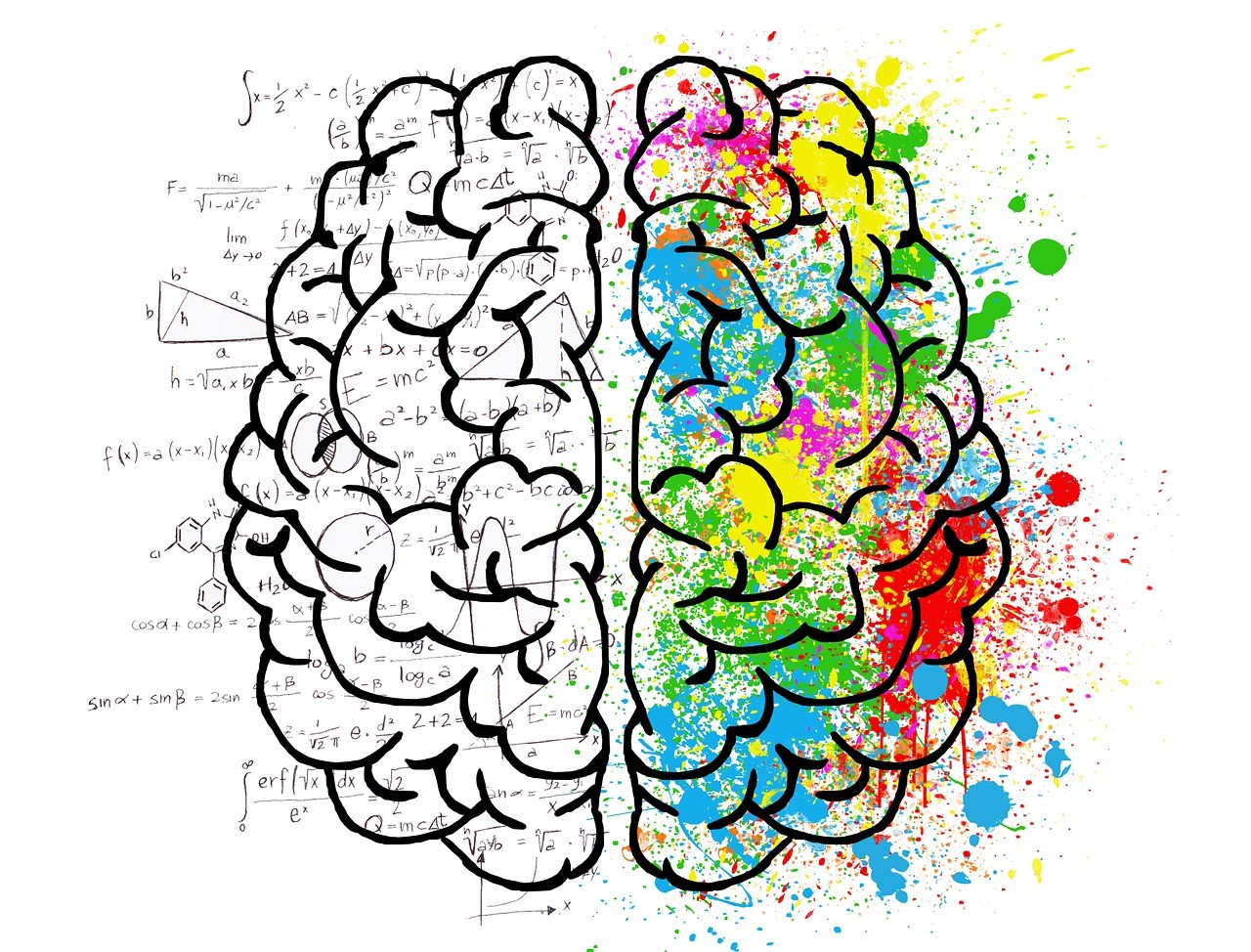 ED: Mindfulness is different to meditation to relieve stress. It can increase someone’s awareness or how they view the world and alter their response to situations.
ED: Mindfulness is different to meditation to relieve stress. It can increase someone’s awareness or how they view the world and alter their response to situations.

Ron Kurtz, the founder of Hakomi (a mindfulness-based approach to self-understanding), recognised that teaching clients to be mindful assisted them to raise their awareness of the moment-to-moment experience of themselves in ways that no other therapeutic method had done before. This can create in the client the opportunity to deepen their experience and allow material to arise from the unconscious, assisting healing and improving insight.
Mindfulness, when practiced in Hakomi, is not meant to be relaxing nor be a form of meditation to create an altered state of consciousness. Its primary aim is to heighten conscious awareness, to become more alert to what is actually happening mentally, emotionally and physically in the body.
When a therapist conducts a mindfulness induction exercise to bring a client into greater awareness of their experience, the client is encouraged to foster an attitude of curiosity and total acceptance of whatever emerges, without judgement or criticism of their experience. The focus on somatic experience is also important and when thoughts come, clients are encouraged to first notice, accept and then let them go so that their whole attention can be directed to what they are experiencing in their body.
When Hakomi-based mindfulness is incorporated into a therapeutic process, clients observe their experience rather than get totally absorbed by or lost in it. Mindfulness allows the “adult observer” to be in place and the therapist can engage with that part of the client to maintain an objective perspective about what is happening.
The client can simultaneously observe and experience child consciousness states and beliefs while remaining in total awareness as an adult of being with their therapist. Rather than detract from the therapeutic process, this dual state of awareness enhances the effectiveness of the therapy fostering the integration process of making meaning of the experience.
When clients have learned to use mindfulness in therapy they can incorporate it into their daily lives as a practice in the same way other people use various forms of meditation to help stay calm and less reactive to stresses. Because of the non-judgemental aspect of Hakomi-based mindfulness, one can be more objective, accepting and compassionate towards others and more responsive rather than reactive to what others say or do.
When we are being responsive, we are being fully conscious and aware of what we say or do. Whereas when we are being reactive, what we say or do is automatic and arises from the unconscious. With mindful awareness we can carefully choose what to say or do rather than be impulsive in our behaviour.
Key Messages
- Mindfulness can enhance therapy benefits.
- Techniques can be used in daily life.
- Awareness allows the user to be responsive not reactive.
References available on request.
Questions? Contact the editor.
Author competing interests: nil relevant disclosures.
Disclaimer: Please note, this website is not a substitute for independent professional advice. Nothing contained in this website is intended to be used as medical advice and it is not intended to be used to diagnose, treat, cure or prevent any disease, nor should it be used for therapeutic purposes or as a substitute for your own health professional’s advice. Opinions expressed at this website do not necessarily reflect those of Medical Forum magazine. Medical Forum makes no warranties about any of the content of this website, nor any representations or undertakings about any content of any other website referred to, or accessible, through this website

